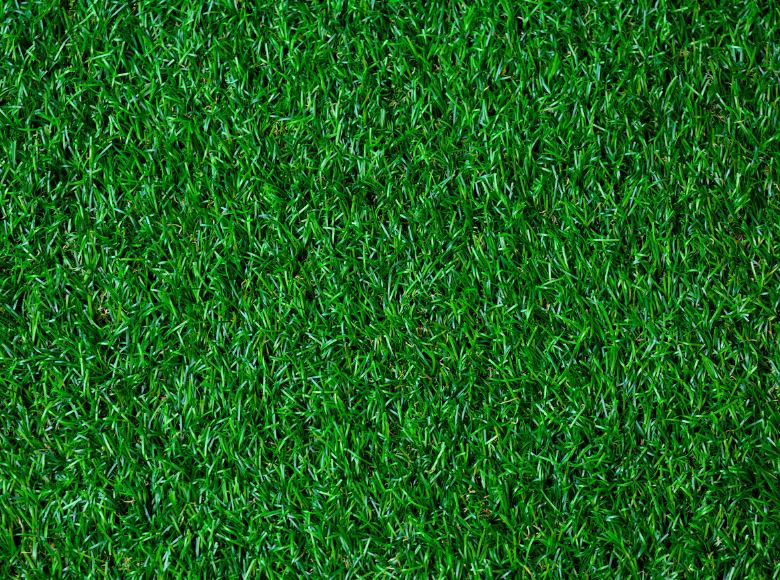The southern United States hosts some of the most beautiful lawns and landscapes in the world and has a fascinating and unique range of climates and ecosystems. To get the most out of any lawn, it’s important to know about the turf you have and what it’s specifically cultivated for. Some turfgrasses are more adapted to withstand the cold, while others like our southern turfgrasses have developed excellent heat tolerance. To give you a better understanding of your lawn, we have broken down the basics and compiled the main species of southern turfgrasses, their uses, cultivars, and care.
1- St. Augustine Grass
Stenotaphrum secundatum
Native to the Gulf of Mexico area, the West Indies, and Western Africa and found throughout southern and coastal regions of the United States.
In the early 1890s, St. Augustine grass became popular in Florida, hence its namesake. St. Augustine is vegetatively propagated – produced via stolons, plugs, sod pods, or sod.
St. Augustine grasses do not produce enough viable seed for commercialization, so there is no such thing as St. Augustine seed for lawns. For this reason, seed is not produced for lawn propagation use and it is therefore not available for sale at your local garden center.
St. Augustine Cultivars
The most common cultivars of St. Augustine grass include:
- Floratam
- Palmetto®
- CitraBlue™
- Seville
- Raleigh
1- Floratam™
Characteristics include:
- Floratam™ is a popular choice for homes in Florida
- High light requirement
- Love of warmer climates
- Attractiveness in the landscape.
2- CitraBlue™
Characteristics include:
- CitraBlue® St. Augustine grass was developed by the University of Florida
- Characteristics include:
- Deep blue-green color
- Less vertical growth – minimal mowing/maintenance
- Shade tolerant
- Versatile
- Disease resistance
3- Seville
Seville is a blue-green semi-dwarf variety with excellent horizontal compact growth and great color retention
Characteristics include:
- Blue-green color
- Semi-dwarf variety
- Excellent horizontal compact growth
- Shade tolerant
4- Raleigh
Characteristics include:
- Well suited for tropical and subtropical
- Fair Drought Tolerance
- Good Heat Tolerance
- Excellent Cold Tolerance
- Fair Shade Tolerance
- Fair Wear Resistance
2- Zoysiagrass
Zoysiagrasses are warm-season grasses native to China, Japan, and other parts of Southeast Asia. The species was named to commemorate an 18th-century Austrian botanist, Karl von Zois. In 1911, Zoysia matrella was introduced into the United States from Manila by a U.S.D.A. botanist, C. V. Piper.
EMPIRE Turf® Zoysia Characteristics include:
- Low Maintenance
- Soft, beautiful
- Excellent wear tolerance
- Less mowing and chemical applications
- Chinch bug resistant
3- Bermudagrass
Toughest grass used for turf in the desert southwest, the southern plains, and the humid southeastern United States.
Attributes include:
- Excellent resistance to heat and drought
- Low water use rate
- Dense sod formation
- Tolerance of a wide range of soil pH ranges
- Good tolerance to salty water and conditions
- Good traffic tolerance
- Relative ease of establishment
- Grows on hard soil surfaces and shallow soils, better than most other grasses
Bermudagrass Varieties
- Celebration Bermudagrass
- Latitude 36 Bermudagrass
- NorthBridge Bermudagrass
- Tifway419 Bermudagrass
- TifTuf Bermudagrass
- Tahoma 31 Bermudagrass
- Bimini Bermudagrass
Whether you need a complete overhaul or just a few tweaks, Down To Earth is here to help. From lawn maintenance and design to irrigation installation and repair, we’ve got you covered. Our commitment to quality and customer satisfaction means you can trust us to get the job done right.

.jpg)

.jpg)
.jpg)